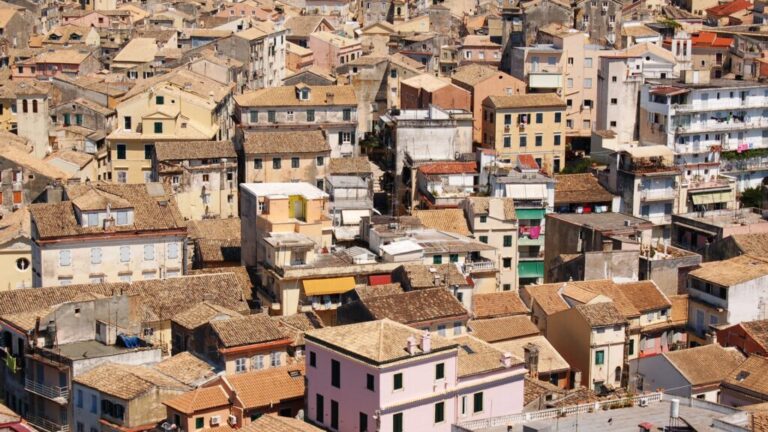Luscious, seductive and the sun is always shining. That’s the way Corfu is depicted in ITV’s charming new drama, The Durrells. What’s more, the island is teeming with snakes and tortoises, and there are quaint tavernas filled with boisterous locals beneath olive groves on the edge of sparkling, cerulean seas. But does the pristine, pre-war vision bear any relation to present-day reality?
Corfu certainly suffered some overdevelopment in the tourism boom of the Sixties, but it still offers opportunity for a host of authentic Durrell-esque experiences, and a whole lot more besides…
In 1935, the dysfunctional Durrell family – pretentious twentysomething novelist Lawrence, gun-crazy second son Leslie, man-hungry teenager Margo and animal-loving Gerald (who grew up to be the conservationist and author of My Family And Other Animals, based on his time on the island) – upped sticks from chilly England, led by their long-suffering mother, and settled near Corfu Town.
For a similarly idyllic location, your best bet is to visit the pretty northeast corner, where The Durrells was filmed. The lovely bay of San Stefano is a perennial favourite with British holidaymakers. Or you could even stay in the apartments at the atmospheric White House in nearby Kalami, where Lawrence wrote.
If you’re keen to catch sight of a few tortoises of the kind that fascinated young Gerald, visit in late June when they’re at their most active. Hiring a motorboat is a must. You could even spot a pod of dolphins, or even a ponderous sea-turtle.
One of the island’s prettiest spots for dropping anchor and having a swim is the tiny bay that hosts a little stone shrine to St Arsenios, just south of Agni Bay. If you search, you’ll find a sea-level cave there. It’s a shimmering chamber accessed by a corridor in the rock, with a separate underwater exit for the adventurous. Climb up to the shrine, too, for a look.
Too many people leave this isle without ever discovering Corfu Town. This jewel is a unique blend of cultures, which pay testament to the nations that have controlled it during its multifarious history. Where else in Europe can you find a British cricket pitch, in front of a French colonnade of cafes, which gives way to crumbling Italian architecture? Climb to the top of the Old Fort and enjoy the magnificent view over the town’s ramshackle rooftops. Afterwards, visit the blackened remains of St Spyridon, Corfu’s patron saint, in the church that bears his name.
But the best thing to do in Corfu Town is simply to explore the narrow winding streets, housing little bars and shops.
The finest restaurant in Corfu is the recently re-opened Venetian Well in Corfu Town, hidden among the back streets. It’s pricier than most places, but worth the stretch.
And don’t miss…
Try to visit Angelokastro, a Byzantine derelict castle on the west coast near Paleokastritsa. Scan the sea below for rocks in the shape of ships; legend has it that the sea-god Poseidon punished the locals for helping his enemy Odysseus by petrifying one of their vessels.

